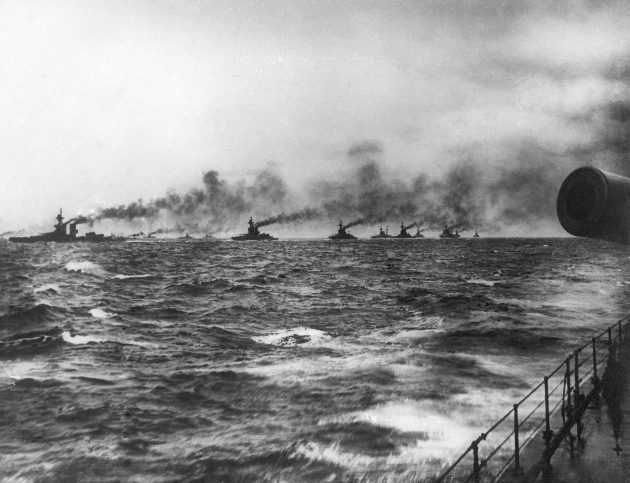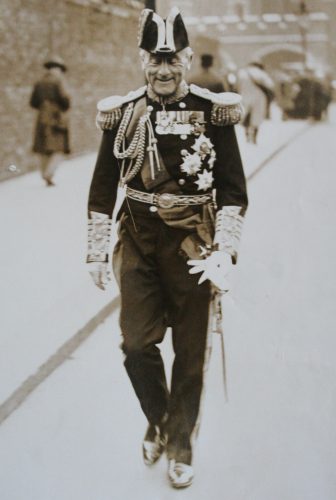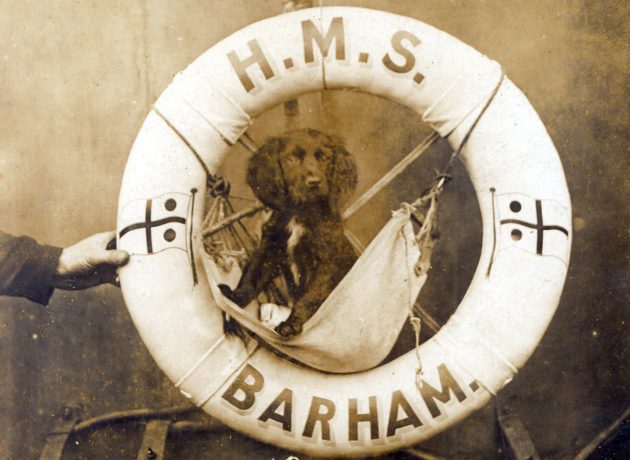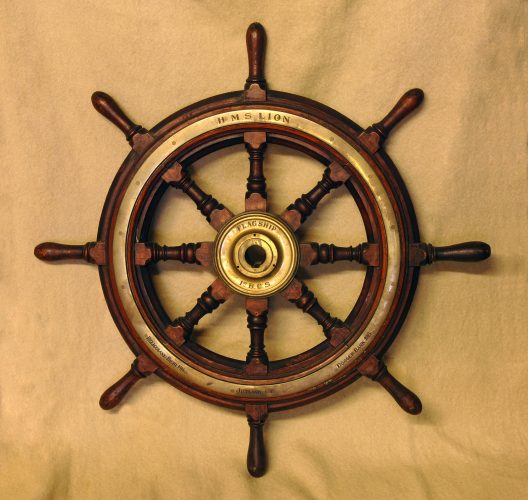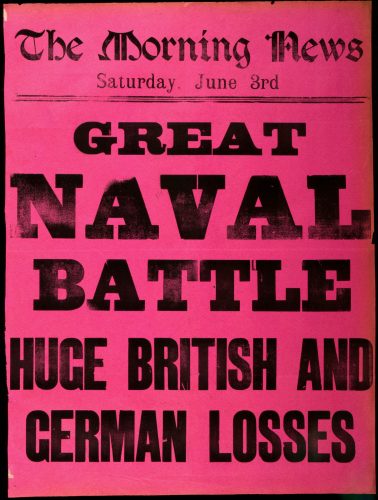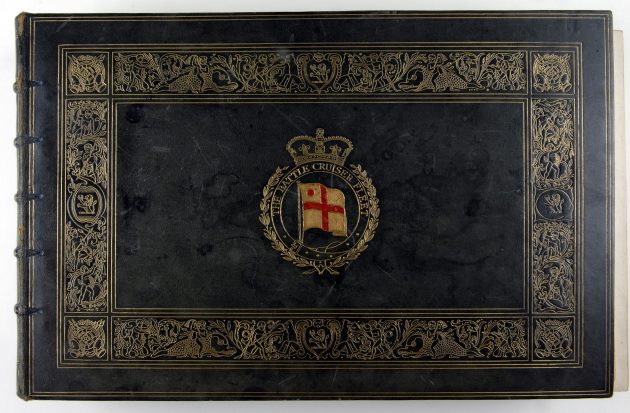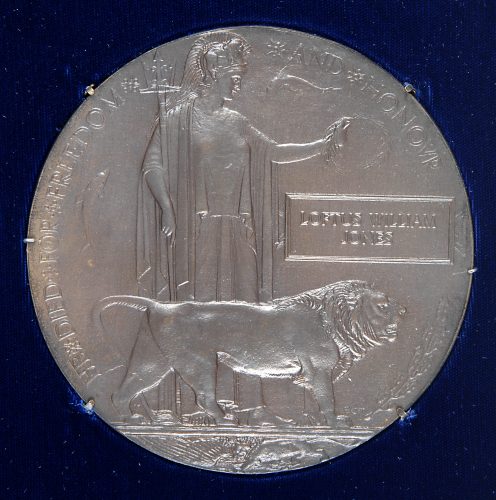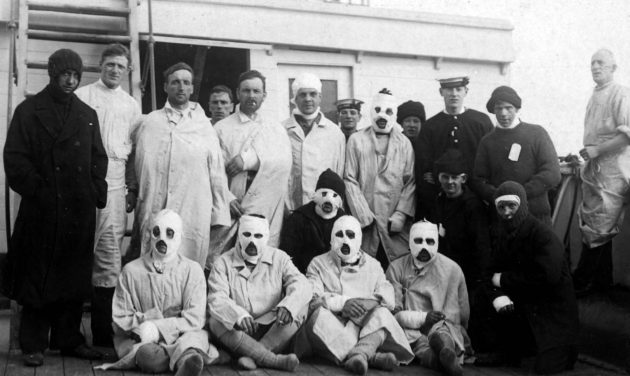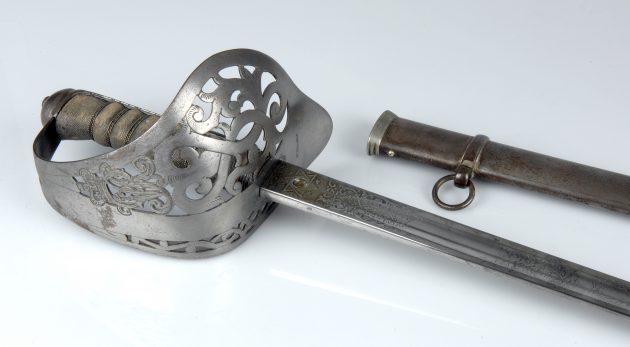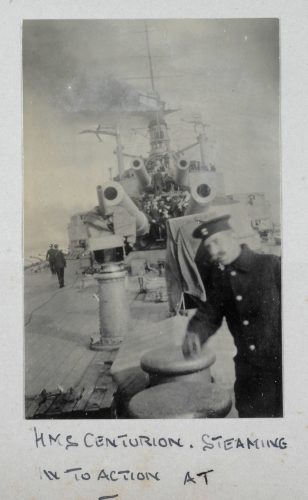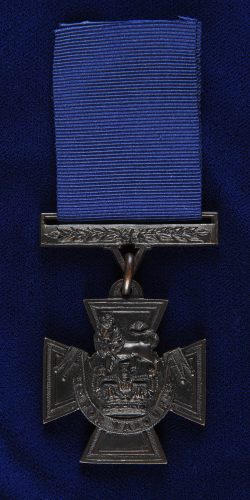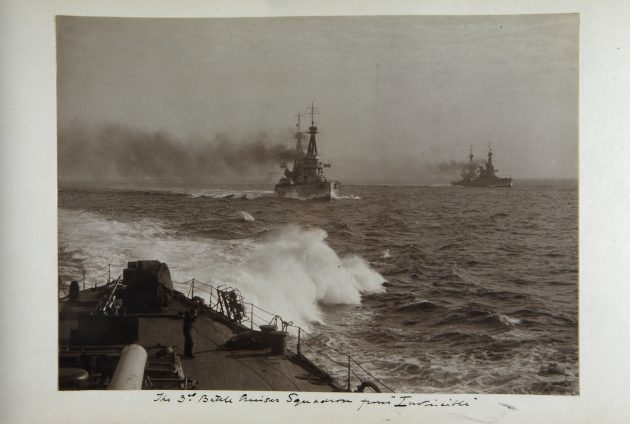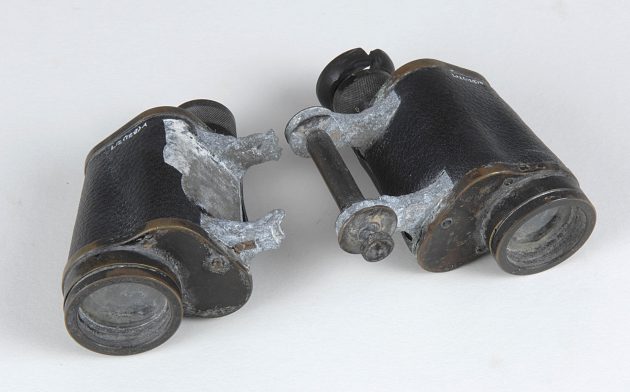The 31 May marks 100 years since the start of the Battle of Jutland. Artefacts from the First World War naval battle are now on display at the The National Museum of the Royal Navy in Portsmouth.
It is 100 years since the Battle of Jutland – one of the most defining naval battles of the First World War.
It was fought from 31 May to 1 June, 1916 in the North Sea, near the coast of Denmark’s Jutland Peninsula. It was the only full-scale clash of British and German battleships in the war.
Now the battle is the focus of a new exhibition by The National Museum of the Royal Navy (NMRN) in Portsmouth.
’36 Hours: Jutland 1916, The Battle That Won The War’ highlights the essential role of the British Royal Navy in winning the First World War.
See pictures from the exhibition below
Through never-before-seen displays and immersive galleries, the exhibition aims to challenge the belief that the Battle of Jutland was a German victory. The museum will present the battle as a British victory, both tactically and strategically.
The exhibition has been put together with the aid of the Imperial War Museums, and features objects from 21 private lenders and five public organisations.
It is part of the museum’s First World War centenary programme, The Great War at Sea, and coincides with the opening of the battle’s only survivor HMS Caroline, in Belfast.
The Head of Heritage Development at the museum, Nick Hewitt, commented: “The Battle of Jutland is the Royal Navy’s defining moment in The Great War, and perhaps the largest sea battle in history.”
He continued: “It’s the only event in the national First World War centenary programme which is wholly naval in character, and at the NMRN we’ve pulled out all the stops to put together a blockbuster exhibition that captures this epic, tragic story and ensures that it will never be forgotten.”
The Battle of Jutland is often considered a German victory due to the number of British
lives lost. 6,094 British seamen perished whilst the Germans lost 2,551 during the battle.
However, these figures do not represent the impact upon the British and German fleets. At the end of the battle the British maintained numerical supremacy; only two dreadnoughts were damaged, leaving 23 dreadnoughts and four battlecruisers still able to fight, whilst the Germans had only ten dreadnoughts.
The director-general of the Imperial War Museums, Diane Lees, said: “The Battle of Jutland had a huge impact on the war; never again during this landmark conflict did the Germans challenge British control of the North Sea. Yet it is one of the lesser known Battles to be commemorated this year.”
She added: “Over 80 items from our collections are being loaned to the museum, some of which have never been seen before. They will reveal to generations today the stories of the brave sailors who fought in terrifying conditions at Jutland, and allow people to reflect and remember the 6,000 men who lost their lives at sea.”
Alongside this will be personal effects from men and women involved in the battle. The diary of
Queen Alexandra’s Royal Naval Nursing Service Nurse Mary Clarke tells of her service as a naval sister in the Grand Fleet hospital ship PLASSY (May-June 1916).
The diary is part of London’s Imperial War Museum’s collection, and includes a good description of the reception and treatment of British casualties after the Battle of Jutland.
Also included will be the lifebelt belonging to William Loftus Jones, English recipient of the Victoria Cross and commander of HMS Shark which sunk during the battle. The lifebelt was recovered from the body after being washed ashore following the battle, and will be displayed alongside a photograph of HMS Shark survivors.
The exhibition will also showcase ensigns flown by British warships at the Battle of Jutland. The largest flag from the dreadnought battleship, HMS Bellerophon, measures around 2.6 metres by 5.3 metres.
For further information visit the National Museum of the Royal Navy website.
Pictures: WWII rescue boat to return to Dunkirk
A boat that rescued 600 British soldiers from foreign shores in the early days of the WWII is getting a…
WWI U-boat missing for 100 years discovered off Norfolk coast
Windfarm developers ScottishPower Renewables have identified an uncharted wreck off the Norfolk coast as a German WWI U-boat missing in…





